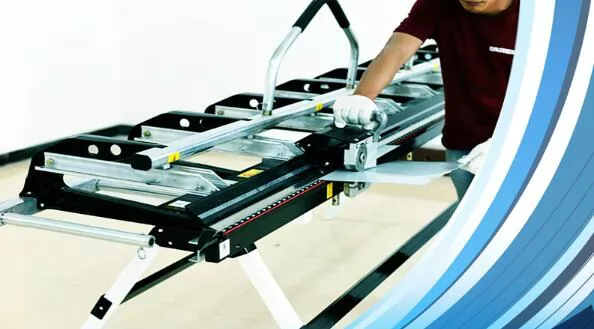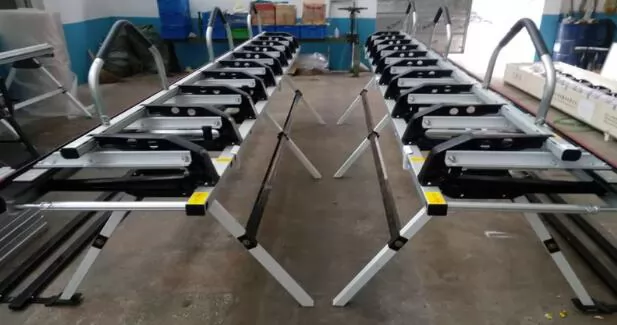In various industries and applications, the use of bending machines is crucial for shaping metal sheets to desired forms. One type of bending machine is the manual bending machine, which offers its own set of advantages and disadvantages. This article explores the key benefits and drawbacks of manual bending machines.

I. Advantages of Manual Bending Machines
Cost-Effective Solution: Manual bending machines are a cost-effective alternative to automated or hydraulic bending machines. They eliminate the need for expensive machinery, saving significant capital investment. This makes them an attractive option, particularly for small-scale operations or businesses with budget constraints.
Portable and Versatile: Manual bending machines are typically lightweight and compact, allowing for easy portability. They can be transported to different job sites, enabling on-site bending operations. Moreover, these machines offer versatility as they can be used to bend metal sheets of various sizes and shapes.
Hand-Operated Precision: The manual operation of these bending machines allows operators to have direct control over the bending process. This hands-on approach enables precise and accurate bending, resulting in high-quality finished products. Skilled operators can manipulate the metal sheets to achieve intricate and customized shapes.
Quick Setup and Adjustment: Manual bending machines generally have a simple and straightforward setup process. They can be easily adjusted to accommodate different sheet sizes and bending angles. This ease of setup and adjustment saves valuable time, making manual bending machines efficient for small-scale production runs or urgent bending needs.
Energy Efficiency: Unlike automated or hydraulic bending machines, manual bending machines do not require electricity or hydraulic power to operate. This makes them energy-efficient and reduces overall energy consumption. Consequently, businesses can lower their energy costs while contributing to a greener environment.

II. Disadvantages of Manual Bending Machines
Labor-Intensive: Manual bending machines heavily rely on human labor for their operation. The bending process requires physical effort, which can be tiring and time-consuming, especially when dealing with large or thick metal sheets. Moreover, repetitive bending tasks may pose a risk of strain or injury to operators.
Limited Capacity: Manual bending machines have certain limitations when it comes to the size and thickness of metal sheets they can handle. They may struggle to bend thicker or harder materials, requiring more force and effort from operators. This limited capacity can hinder the efficiency and productivity of bending operations.
Skill-Dependent: Achieving consistent and accurate bends with manual bending machines relies on the skills and experience of the operator. Inexperienced or untrained operators may struggle to produce precise bends, leading to subpar results. Training and expertise are essential to maximize the potential of manual bending machines.
Slower Production Speed: Compared to automated or hydraulic bending machines, manual bending machines have a slower production speed. The manual operation requires more time for each bending process, reducing the overall output. This limitation can be a disadvantage for businesses with high-volume or time-sensitive production requirements.
Lack of Automation Features: Manual bending machines lack the automation features present in their automated counterparts. They do not offer advanced functionalities such as programmable bending sequences or digital controls. This absence of automation can limit the efficiency, repeatability, and precision of bending operations.
In conclusion, manual bending machines offer distinct advantages and disadvantages. They provide a cost-effective, portable, and versatile solution for bending metal sheets. The hand-operated precision, quick setup, and energy efficiency are notable benefits. However, the labor-intensive nature, limited capacity, skill-dependence, slower production speed, and lack of automation features are significant drawbacks. Businesses and operators should carefully consider these factors when deciding whether to utilize manual bending machines for their specific needs. We are a manual bending machine supplier. If you are interested in our products, please contact us now!
